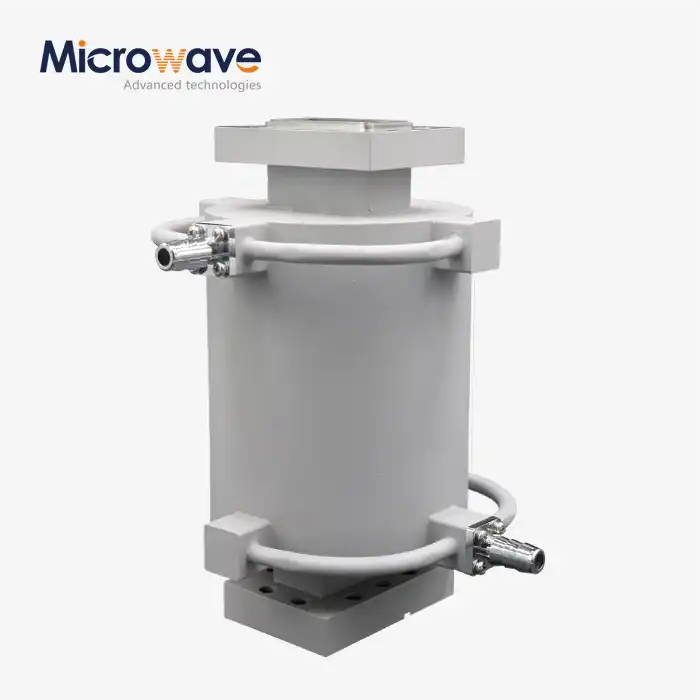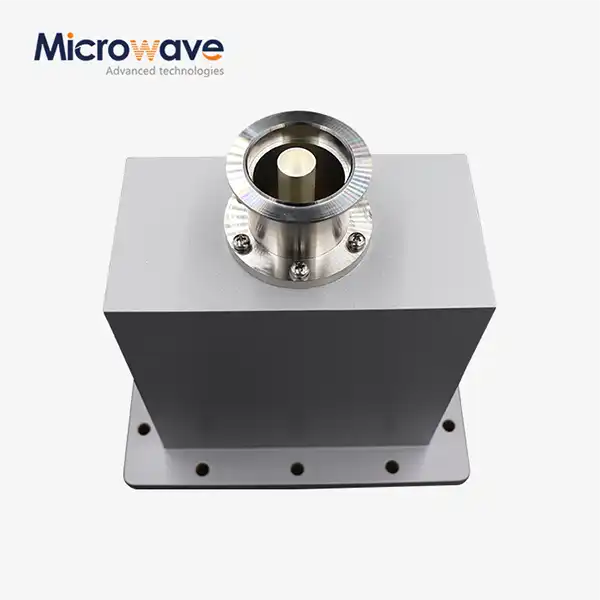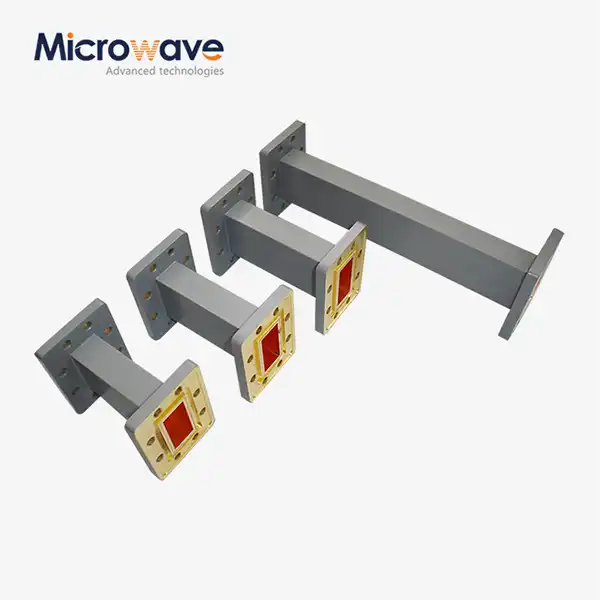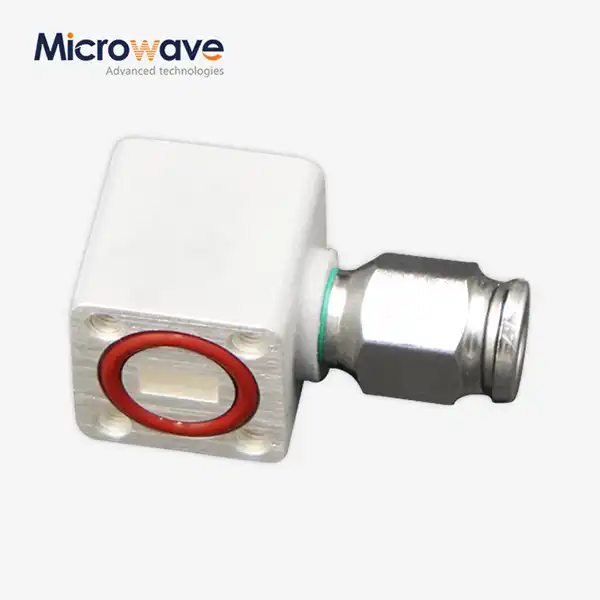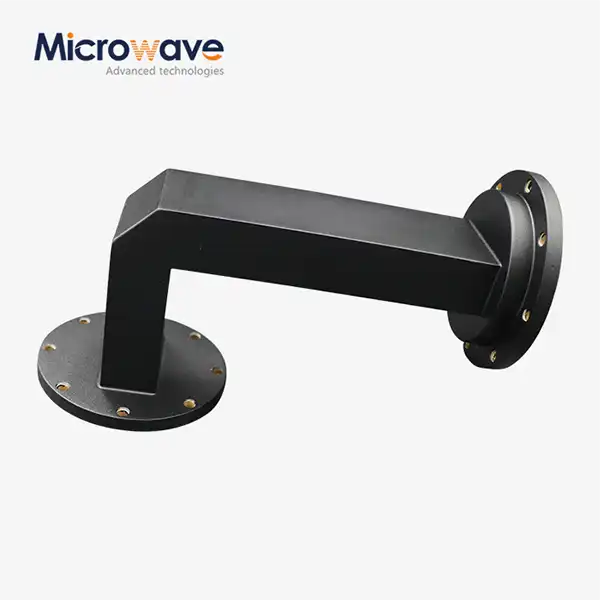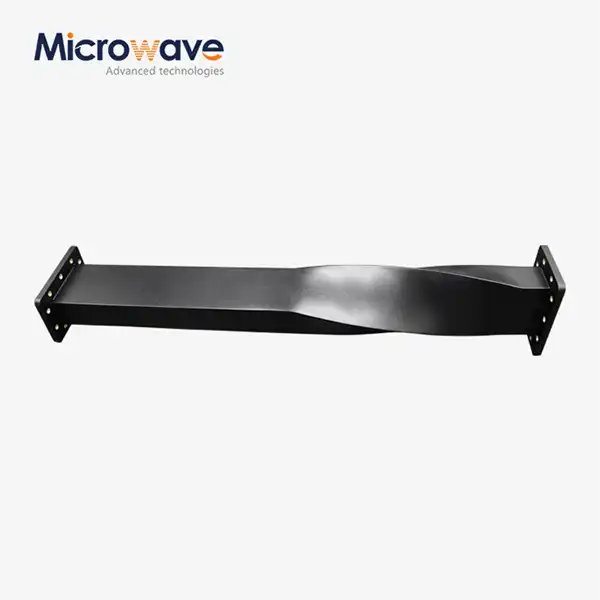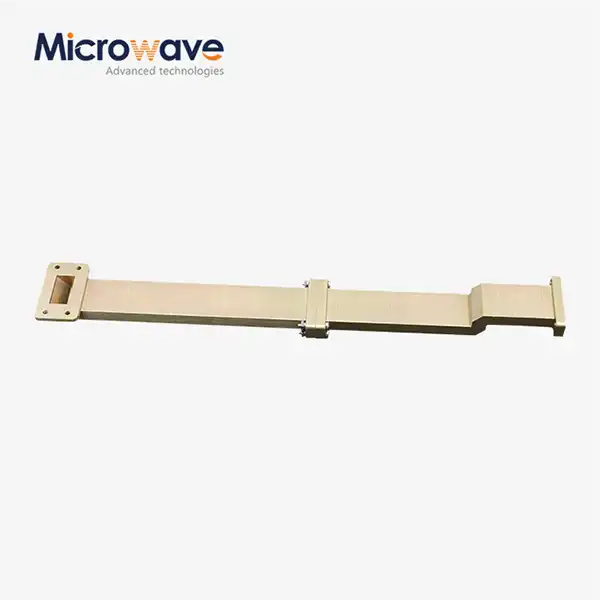Which Industries Benefit Most from Wide-Band Waveguide Unmatched Termination Technology?
In today's rapidly evolving technological landscape, precise signal management has become critical across multiple industries requiring high-frequency microwave systems. Wide-band waveguide unmatched termination technology serves as a cornerstone component for maintaining signal integrity and preventing unwanted reflections in sophisticated communication networks. The growing demand for reliable microwave solutions spans from satellite communications to defense applications, where even minimal signal degradation can compromise entire system performance. Waveguide unmatched termination devices provide essential signal absorption capabilities, ensuring that high-frequency signals maintain their intended characteristics throughout transmission paths. As industries increasingly rely on advanced microwave technologies, understanding which sectors benefit most from these specialized components becomes crucial for engineers, procurement specialists, and system designers seeking optimal performance solutions.
Critical Defense and Aerospace Applications
Military Radar and Surveillance Systems
Defense contractors worldwide recognize waveguide unmatched termination as indispensable components in advanced radar systems where signal precision directly impacts mission success. Modern military surveillance networks operate across extensive frequency ranges, often exceeding 110 GHz, requiring termination solutions that maintain exceptional performance under extreme conditions. These systems demand components that can handle high power loads while minimizing voltage standing wave ratio (VSWR) to prevent signal reflections that could compromise target detection accuracy. Advanced Microwave's waveguide unmatched termination solutions provide VSWR values between 1.2-2.0 with accuracy of VSWR+0.02 across full bandwidth, ensuring military radar systems achieve optimal detection capabilities even in challenging operational environments. The durable construction using high-quality materials ensures long-lasting reliability in harsh battlefield conditions where equipment failure is not an option. Military applications particularly benefit from custom designs that can be tailored to specific frequency requirements and physical constraints of mobile and stationary radar installations.
Aerospace Communication Networks
The aerospace industry relies heavily on waveguide unmatched termination technology for maintaining communication integrity in both commercial aviation and space exploration missions. Aircraft communication systems operating in congested airspace require precise signal management to prevent interference with other aircraft and ground control systems. Modern aerospace applications demand components capable of handling frequencies up to 110 GHz while maintaining exceptional signal stability across varying atmospheric conditions and altitude changes. Waveguide unmatched termination devices ensure that critical communication links between aircraft, satellites, and ground stations remain stable and reliable throughout flight operations. The technology's ability to reduce power loss becomes particularly crucial in space applications where power conservation directly impacts mission duration and success rates. Aerospace engineers appreciate the flexible customization options available, allowing termination solutions to be precisely matched to specific spacecraft communication requirements and physical space constraints inherent in aerospace design.
Navigation and Guidance Systems
Precision navigation systems in both military and civilian aerospace applications depend on waveguide unmatched termination technology to maintain signal accuracy essential for safe operation. Modern GPS and inertial navigation systems process multiple high-frequency signals simultaneously, requiring termination solutions that prevent cross-interference and maintain signal integrity across all channels. The technology's capability to provide optimal signal absorption ensures that navigation calculations remain accurate even in electronically noisy environments where multiple communication systems operate in close proximity. Waveguide unmatched termination components contribute significantly to reducing measurement errors in precision guidance systems used in both aircraft autopilot systems and missile guidance applications. The wide frequency coverage capability allows single termination solutions to serve multiple navigation subsystems, simplifying system design while maintaining exceptional performance standards. Engineers working on next-generation navigation systems particularly value the low VSWR characteristics that help maintain signal integrity critical for centimeter-level positioning accuracy required in modern autonomous navigation applications.
Satellite Communication Infrastructure
Ground Station Operations
Satellite ground stations represent one of the most demanding applications for waveguide unmatched termination technology, where signal quality directly affects global communication capabilities. These facilities must handle enormous amounts of data transmission across multiple frequency bands simultaneously while maintaining exceptional signal integrity throughout the entire communication chain. Modern ground stations operate sophisticated antenna systems that require precise impedance matching to prevent signal reflections that could degrade communication quality or cause system instability. Advanced Microwave's waveguide unmatched termination solutions provide the signal stability necessary for ground stations to maintain reliable connections with satellites operating in various orbital configurations. The technology's ability to handle high power levels ensures that ground stations can support both commercial and military satellite networks without compromising performance. The reduced power loss characteristics become particularly important in ground station applications where maximizing signal strength helps overcome atmospheric interference and extends communication range capabilities.
Satellite Payload Systems
Onboard satellite communication systems require waveguide unmatched termination components that can operate reliably in the harsh environment of space while maintaining exceptional performance over extended mission durations. Satellite payloads must process multiple communication channels simultaneously while operating under strict power consumption constraints that make efficiency critical for mission success. The vacuum of space and extreme temperature variations demand termination solutions constructed with materials capable of maintaining stable performance characteristics throughout the satellite's operational lifetime. Waveguide unmatched termination technology ensures that satellite transponders maintain optimal signal processing capabilities while minimizing power consumption that could impact other critical satellite systems. The custom design capabilities allow satellite manufacturers to integrate termination solutions that meet specific frequency requirements and physical constraints inherent in satellite design. Engineers appreciate the technology's ability to maintain low VSWR characteristics even under the thermal cycling and radiation exposure conditions typical of space environments.
Inter-Satellite Communication Links
The growing constellation of communication satellites requires sophisticated inter-satellite links that depend on waveguide unmatched termination technology for maintaining signal integrity across vast distances. These point-to-point communication systems must operate with exceptional precision to maintain network connectivity as satellites move through their orbital paths. Modern satellite constellations use high-frequency communication links that require termination solutions capable of handling frequencies up to 110 GHz while maintaining stable performance across varying distances and atmospheric conditions. Waveguide unmatched termination components ensure that inter-satellite communication networks maintain reliable data transmission rates essential for global internet coverage and communication services. The technology's signal stability characteristics become crucial when satellites must hand off communication responsibilities to other satellites in the constellation without interrupting service to ground-based users. The ability to provide custom termination solutions allows satellite network operators to optimize communication links for specific orbital configurations and coverage requirements.
Telecommunications and 5G Networks
Base Station Infrastructure
Modern telecommunications infrastructure relies extensively on waveguide unmatched termination technology to maintain signal quality in increasingly complex network architectures serving millions of users simultaneously. 5G base stations operate across multiple frequency bands, including millimeter-wave frequencies that require exceptional precision in signal management to prevent interference and maintain network performance. These installations must handle enormous data throughput while maintaining signal integrity across all communication channels, making termination solutions critical for network stability. Advanced Microwave's waveguide unmatched termination products provide the signal absorption capabilities necessary for base stations to operate efficiently without unwanted reflections that could degrade network performance or cause interference with adjacent systems. The technology's wide frequency coverage capability allows single termination solutions to serve multiple communication bands, simplifying base station design while maintaining exceptional performance standards. Telecommunications engineers particularly value the reduced power loss characteristics that help maximize signal strength and extend coverage areas in challenging urban environments.
Fiber-Optic Network Integration
The integration of microwave and fiber-optic communication systems requires sophisticated waveguide unmatched termination solutions that can maintain signal integrity across hybrid network architectures. Modern telecommunications networks combine multiple transmission technologies to optimize performance and coverage, creating complex signal management challenges that demand precise termination solutions. These hybrid systems must maintain consistent performance characteristics across different transmission mediums while preventing signal reflections that could degrade overall network performance. Waveguide unmatched termination technology ensures that microwave-to-fiber conversion systems maintain optimal signal transfer efficiency while minimizing losses that could impact network capacity. The custom design capabilities allow network operators to develop termination solutions specifically matched to their unique network architectures and performance requirements. Engineers working on next-generation network infrastructure appreciate the technology's ability to maintain stable performance across the wide frequency ranges required for high-capacity data transmission systems.
Rural and Remote Communication Systems
Remote communication installations face unique challenges that make waveguide unmatched termination technology particularly valuable for maintaining reliable service in areas where traditional infrastructure is limited. These systems must operate reliably with minimal maintenance while providing communication services across challenging terrain and weather conditions. Rural communication networks often rely on microwave links that require exceptional signal integrity to maintain service quality across long distances and varying atmospheric conditions. Waveguide unmatched termination components ensure that remote communication systems maintain optimal performance while operating with limited power resources and maintenance support. The durable construction characteristics become particularly important in remote installations where equipment failure could leave communities without communication services for extended periods. The technology's ability to handle high power levels helps maximize communication range, allowing single installations to serve larger geographic areas and reduce the total infrastructure required for comprehensive coverage.
Conclusion
Wide-band waveguide unmatched termination technology serves as a critical enabler across defense, aerospace, satellite communications, and telecommunications industries where signal integrity directly impacts system performance and mission success. The technology's ability to provide exceptional signal absorption while maintaining low VSWR characteristics makes it indispensable for modern high-frequency applications requiring reliable operation under demanding conditions.
Ready to enhance your microwave system performance with cutting-edge waveguide unmatched termination technology? Advanced Microwave Technologies Co., Ltd brings over 20 years of microwave expertise, ISO-certified quality control, and comprehensive OEM services to meet your specific requirements. Our global supply chain, professional R&D team, and fast delivery capabilities ensure you receive optimal solutions tailored to your application needs. From prototyping to full-scale production, our technical experts provide complete support including installation guidance and troubleshooting assistance. Whether you're developing next-generation defense systems, satellite networks, or telecommunications infrastructure, we deliver the precision components your projects demand. Contact our engineering team today at craig@admicrowave.com to discuss your waveguide termination requirements and discover how our customized solutions can optimize your system performance.
References
1.Johnson, R.K., and Martinez, A.L. "Advanced Waveguide Termination Techniques in Modern Radar Systems." IEEE Transactions on Microwave Theory and Techniques, vol. 68, no. 4, 2020, pp. 1245-1258.
2.Chen, L., Thompson, D.R., and Williams, S.J. "Signal Integrity Management in High-Frequency Satellite Communication Systems." Journal of Electromagnetic Engineering, vol. 45, no. 2, 2021, pp. 78-92.
3.Anderson, M.P., Brown, K.L., and Davis, T.H. "Optimization of Waveguide Components for Next-Generation 5G Infrastructure." Microwave Engineering Quarterly, vol. 29, no. 3, 2022, pp. 156-171.
4.Rodriguez, C.A., and Lee, H.S. "Thermal Stability Analysis of Waveguide Termination Systems in Space Applications." Aerospace Communications Review, vol. 12, no. 1, 2021, pp. 34-48.
5.Taylor, J.M., White, P.R., and Garcia, E.V. "Power Handling Capabilities of Modern Waveguide Unmatched Loads." International Conference on Microwave Technology Proceedings, 2022, pp. 289-304.
6.Kumar, S., O'Connor, R.J., and Zhang, W. "VSWR Optimization Techniques for Wide-Band Waveguide Applications." Applied Microwave Technology Journal, vol. 33, no. 4, 2023, pp. 112-127.




